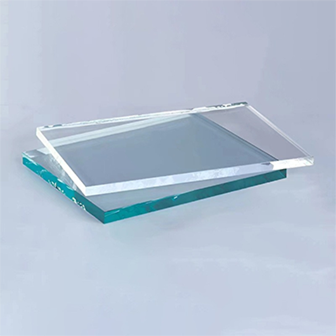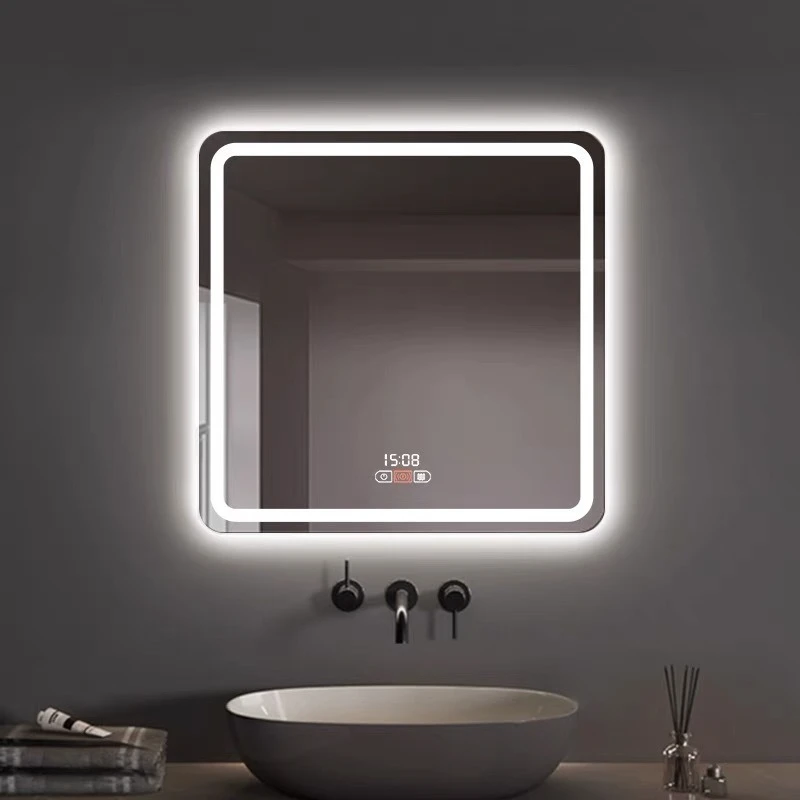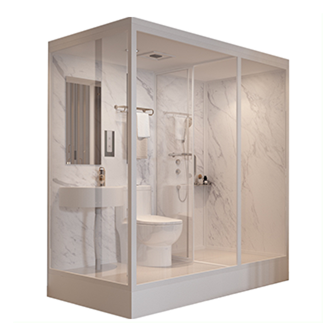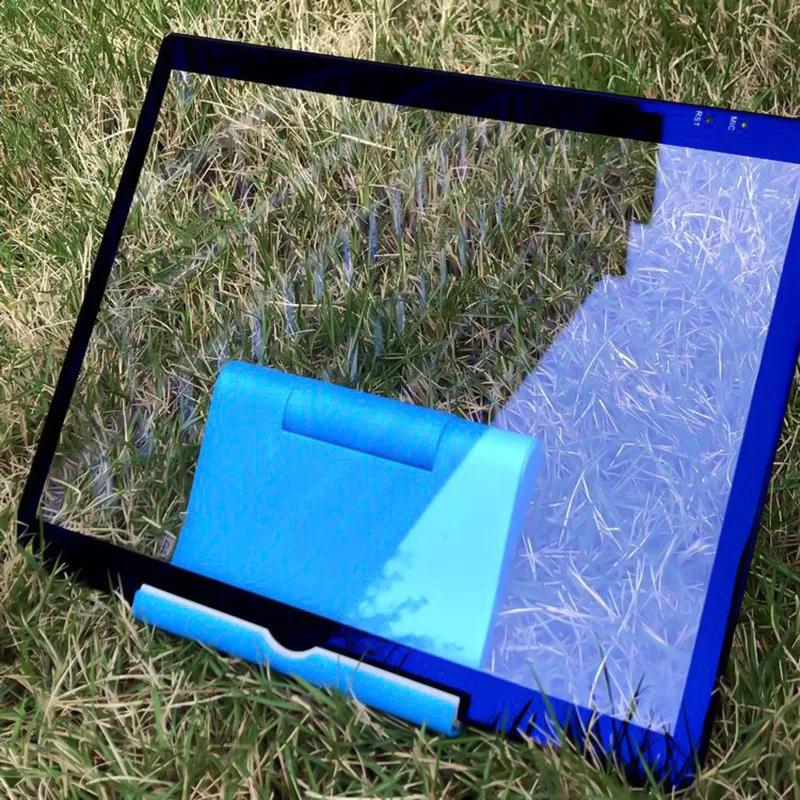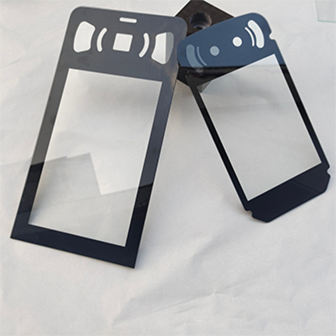Nov . 17, 2025 15:32 Back to list
Enhancing Construction: A Complete Guide to Fritted Glass
In modern architecture, glass is no longer just a transparent building material — it has evolved into a structural, decorative, and performance-enhancing element used in façades, skylights, interior partitions, public buildings, and transportation hubs. Among the diverse types of architectural glass, ceramic fritted glass stands out for its extraordinary durability, visual versatility, solar control performance, and safety enhancement. As architects increasingly seek materials that combine aesthetics with technical function, ceramic fritted glass continues to shape the future of sustainable, high-performance construction.
This comprehensive guide explains what ceramic fritted glass is, how it improves construction performance, its key benefits, ceramic frit glass specifications, ceramic frit glass price factors, and why it has become a top choice for modern architectural projects.
What Is Ceramic Fritted Glass?
Ceramic fritted glass is a type of safety glass created by applying a ceramic paint (called “frit”) onto the surface of float glass and baking it at high temperatures during tempering or heat-strengthening. The ceramic frit fuses permanently into the glass, forming patterns, shading designs, and visual effects that are both functional and decorative.
The result is a highly durable, scratch-resistant surface that does not fade or peel over time. The fused ceramic layer enhances solar performance, reduces glare, increases privacy, and allows architects to achieve unique façade textures and patterns. Because the ceramic frit becomes part of the glass structure, it is ideal for demanding environments such as building exteriors, overhead glazing, and high-traffic public spaces.
Common surface patterns include dots, lines, grids, gradients, and customized graphics, making ceramic fritted glass a flexible solution for creative architectural design.
Key Benefits of Ceramic Fritted Glass
1. Solar Control and Energy Efficiency
The ceramic frit layer reduces solar heat gain while maintaining natural daylighting. Frit density and pattern can be adjusted to achieve desired shading coefficients. In warm climates, buildings benefit from lower cooling loads and increased occupant comfort.
2. Enhanced Safety
Because ceramic fritted glass is typically tempered or heat-strengthened, it meets safety glazing requirements for façades, railings, and skylights. The fritted surface also improves visibility for birds, helping reduce bird-collision risks in urban environments.
3. Aesthetic Flexibility
Architects can choose from hundreds of patterns, colors, and opacity levels. Ceramic fritted glass can support custom branding, logo integration, or artistic façade treatments, making it suitable for commercial buildings, museums, airports, and sports arenas.
4. Durability and Low Maintenance
The fused ceramic layer is UV-stable, scratch-resistant, and weatherproof. It will not discolor or delaminate even under extreme outdoor conditions. This makes it an ideal choice for long-term architectural applications.
5. Improved Privacy
Frit patterns such as dense dots or frosted-effect gradients provide partial privacy without compromising light transmission, making ceramic frit glass useful in offices, hospitals, and educational facilities.
Ceramic Frit Glass Specification: What Architects Need to Know
When choosing ceramic fritted glass for a construction project, understanding the ceramic frit glass specification is essential. Specifications typically include:
Glass Thickness Options
4mm / 5mm / 6mm
8mm / 10mm / 12mm
Laminated options: 6+6mm, 8+8mm, 10+10mm
The appropriate thickness depends on installation height, safety codes, load requirements, and whether the glass is part of a curtain wall or interior system.
Frit Pattern Types
Dot patterns (20%, 40%, 60% density)
Line and grid patterns
Custom digital printing
Gradient shading
Patterns influence light diffusion, shading performance, and visual transparency.
Color Options
Common ceramic frit colors include:
-
Black
-
White
-
Grey
-
Custom RAL or Pantone colors
Color affects reflectivity, heat absorption, and façade appearance.
Glass Processing
Ceramic fritted glass can be:
- Tempered
- Heat-strengthened
- Laminated for safety and sound control
- Double-glazed (IGU) for improved thermal performance
Performance Indicators
Visible Light Transmittance (VLT): Varies by frit density
Solar Heat Gain Coefficient (SHGC)
U-Value when used in IGUs
Color stability (UV resistance)
Impact resistance per EN/ANSI standards
A complete ceramic frit glass specification sheet helps architects evaluate both performance and aesthetic suitability.
Ceramic Frit Glass Price: What Determines the Cost?
The ceramic frit glass price depends on several important factors:
1. Glass Thickness and Type
Thicker tempered or laminated units cost more due to higher material and processing requirements.
2. Pattern Complexity
-
Standard dot patterns are more affordable
-
Custom logos, images, and full-cover patterns increase cost because they require special screens or digital printing
3. Color Selection
Common colors such as black or white cost less, while custom color matching and multi-color patterns increase production cost.
4. Processing Method
A single tempered fritted panel is cheaper than laminated or insulated fritted glass units (IGUs). Acoustic or anti-reflective coatings further increase total price.
5. Order Size
Bulk orders significantly reduce cost per square meter because screen printing and tempering batch setups become more efficient.
6. Installation Requirements
Certain façade systems require specific hole drilling, edge polishing, or custom panel shapes, all of which affect pricing.
Overall, ceramic frit glass price typically ranges based on:
-
Pattern density
-
Glass configuration
-
Project specifications
A professional supplier can provide precise quotations once drawings and technical requirements are confirmed.
Applications of Ceramic Fritted Glass in Modern Construction
Ceramic fritted glass is used across a wide range of architectural environments due to its performance advantages and aesthetic adaptability.
Exterior Applications
Curtain walls
Window façades
Balcony railings
Sunshades and louvers
Skylights and canopies
Interior Applications
Office partitions
Privacy screens
Feature walls
Shower rooms
Decorative panels
Public and Commercial Spaces
-
Airports
-
Stadiums
-
Hospitals
-
Schools
-
Museums
Its ability to combine safety, privacy, and design makes it a top material in contemporary architecture.
Final Thoughts: Why Ceramic Fritted Glass Elevates Construction
Ceramic fritted glass is a powerful architectural material that enhances both appearance and performance. From solar control and safety benefits to its incredible design flexibility, this glass type continues to gain popularity among architects, builders, and façade engineers. Understanding ceramic frit glass specification, performance indicators, and ceramic frit glass price factors helps ensure you choose the right solution for your project.
Whether you are designing a full façade, a skylight, or a decorative interior panel, ceramic fritted glass is a durable, efficient, and visually compelling material that elevates modern construction.

-
Types of Reflective Glass
NewsNov.17,2025
-
What Is Dichroic Glass?
NewsNov.17,2025
-
Smart LED mirrors can have touch controls
NewsNov.17,2025
-
Laminated glass improves energy efficiency
NewsNov.17,2025
-
Insulated glass enhances building comfort
NewsNov.17,2025
-
Acid etched glass offers elegant privacy
NewsNov.17,2025
Related PRODUCTS


